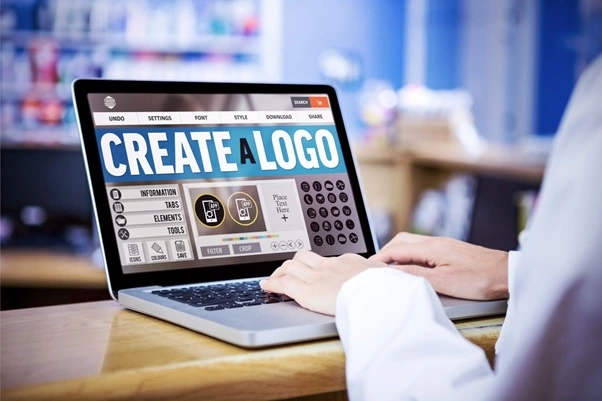Creative logo design gets heavily romanticized in our culture. For many graphic designers, it’s almost like ghostwriting. The company tends to get all the attention for their great logo design and a keen eye for detail rather than the firm or designer who made it.
At the same time, even if you don’t get the street cred, you feel like you’ve helped shape public view and culture.
Want to know how to be a creative genius? Keep reading these five tips to get you started!
Top 5 Tips for Creative Logo Design
1. Keep It Simple
A great example of iterative simplification is Mastercard. From 1967, Mastercard started with a simple lowercase “i” logo in a black circle with a white stroke, for “Interbank.”
The “Venn diagram” logo has hardly changed throughout the years, once it became “MasterCard” through the 1980s. In the 1990s, Mastercard complicated things with the shared space of the circles alternating on red and orange and embellishing the text. It didn’t have mass appeal.
This changed in 2016 when the text gets moved below two simple overlapping circles. Since 2019, the text gets dropped altogether.
The moves toward simplification were always the most successful and logical choice for Mastercard.
2. Be Scalable
In part, we’re talking about file type and design workflow. You want your design to be a vector file, like SVG or EPS, for PDFs and other applications.
What we’re really talking about, though, is that you can resize your logo at all levels and it’s readable. From business cards to billboards, phones to monitors to TVs, it has to look good in all sizes and all situations.
Any good designer or logo generator should provide a wide range of file types and sizes to choose from.
It’s hardest to translate a logo from a screen to paper, rather than a logo people have been used to seeing on paper going to screens. This is because printed logos just aren’t as vibrant as logos on screens — colors don’t pop as much.
3. Have the Logo Pull Its Weight
Logos are often visually pleasing, but it isn’t only a piece of commissioned art. The purpose of art is to evoke an emotional response to communicate a message of hope, rebellion, growth, introspection, or some other important social or personal message.
Not so with a logo. Logos are there to do work. They are marketing workhorses, made for motivating people to remember you, your product, and come back for more.
4. Design It In Monochrome First
Designing first in black and white — or any two contrasting colors — is logo design best practice.
It’s even better if you can understand the logo in a wireframe context without any colors, but there are problems with that. Logos without solid shapes feel too thin and like they’re missing something. If the solid shapes are filled in and it feels like it’s good to go, then you can work in color theory to the mix.
5. Get More Than Two Opinions
A second opinion is great, but a third or fourth is even better. Although, you want to be careful about getting everyone’s opinion on social media or some platform with a large reach.
It isn’t always better to have hundreds of comments about it. Ultimately, it could slow down your creative logo design process and make you a people pleaser instead of a designer.
Creative Logo Design Is For Everyone
There’s no “creativity gene,” despite what some people would like to tell you. Creative logo design is learned and earned, not gifted as a fully formed skill. Anyone can learn how to make excellent creative decisions that do work, instead of just look pretty.
If you want your logo design to have teeth, follow these five tips. Keep browsing our articles for more advice about color theory, marketing, and consumer psychology!
